Wild Autumn on Mull
Ewan Miles at Nature Scotland joins us on the blog to share the seasonal spectacles of a wild autumn on Mull. Here are five things that you need to experience on your stay on the Isle of Mull this season.
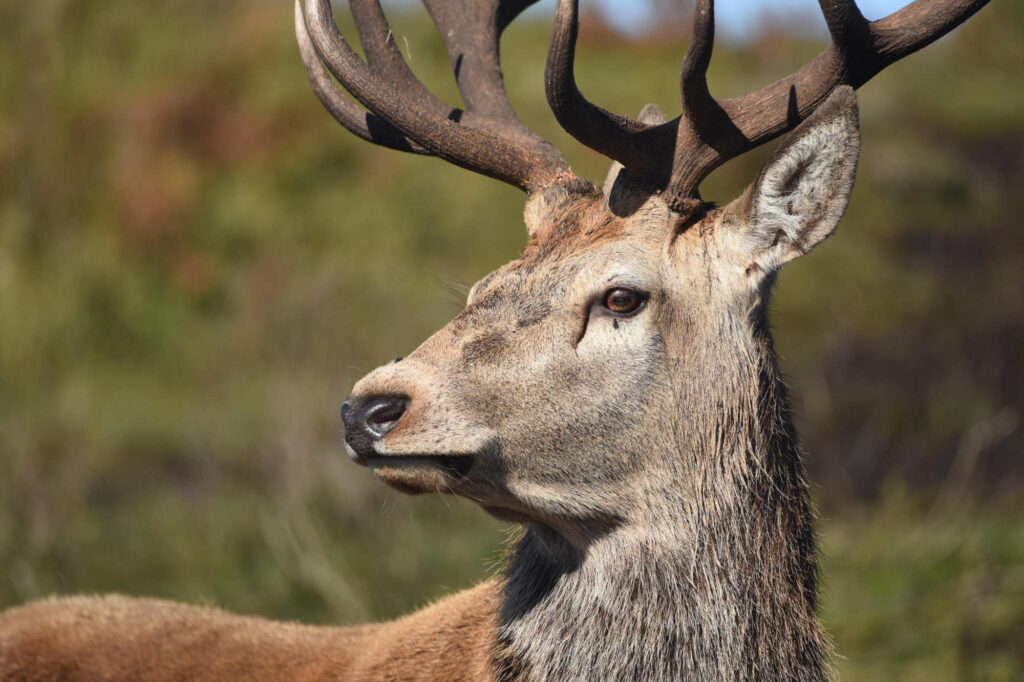
The Red Deer Rut
Autumn is a wonderful time to visit the Isle of Mull, with many amazing spectacles and experiences to enjoy. One of these is the dramatic events of the red deer rut. The rut marks the start of the breeding season when male red deer (stags), the UK’s largest land mammal weighing up to a huge 190kg, compete for female red deer (hinds).
The roaring contests between the stags signal the start of the rut, before leading onto physical bouts as they lock antlers and clash. All this occurs to establish dominance among the stags and gather the hinds so they can pass on their genes.
The rut typically occurs between September and November, with the most intense period normally being in October.
Before the rut, the stags urinate in muddy puddles and then roll in it. This is their equivalent of after shave, and their coat is often caked in this smelly mud and antlers laden with long grass and bracken that they have swept up to give them an even more impressive size and stature, warning off other males.
Witnessing these physical bouts however is the hard part with the majority of action taking place under the cover of darkness. Head out on a calm evening into dusk and as the roaring increases, you may be lucky enough to hear the clash of antlers as the stags start sparring.
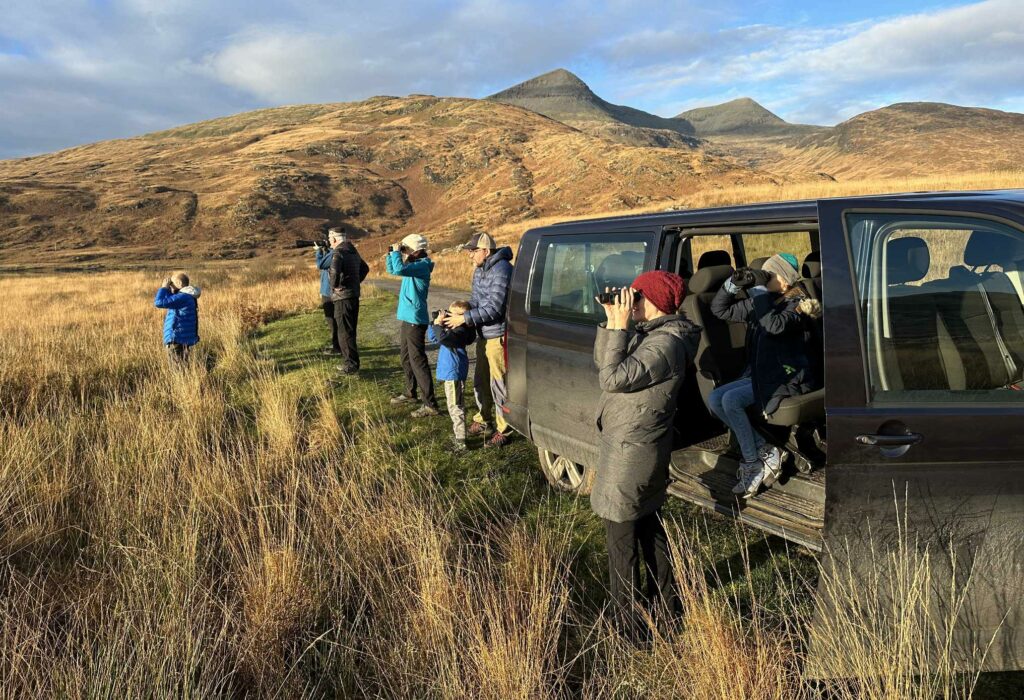
The Autumnal Light
Autumn on Mull creates a multicoloured landscape of brown grassland, purple moorland and the woodland turning gold and amber, it is truly an outstanding time to come to the island. On Mull the coast is never far away, and you are spoilt by the glistening turquoise waters, there is such a large display of incredible colours with the unspoilt mountains towering across the island.
In addition to this, the season, provides fantastic opportunities for photography. The lower elevation of the sun means that autumnal light is often warm and soft, great for shooting photos throughout the day.
One of the best parts is how accessible sunrise and sunset are, with the ‘golden hour’ — the period just after the sun rises and just before it sets. Furthermore, the colder temperatures also increase the clarity in the air and help for a better quality photograph.
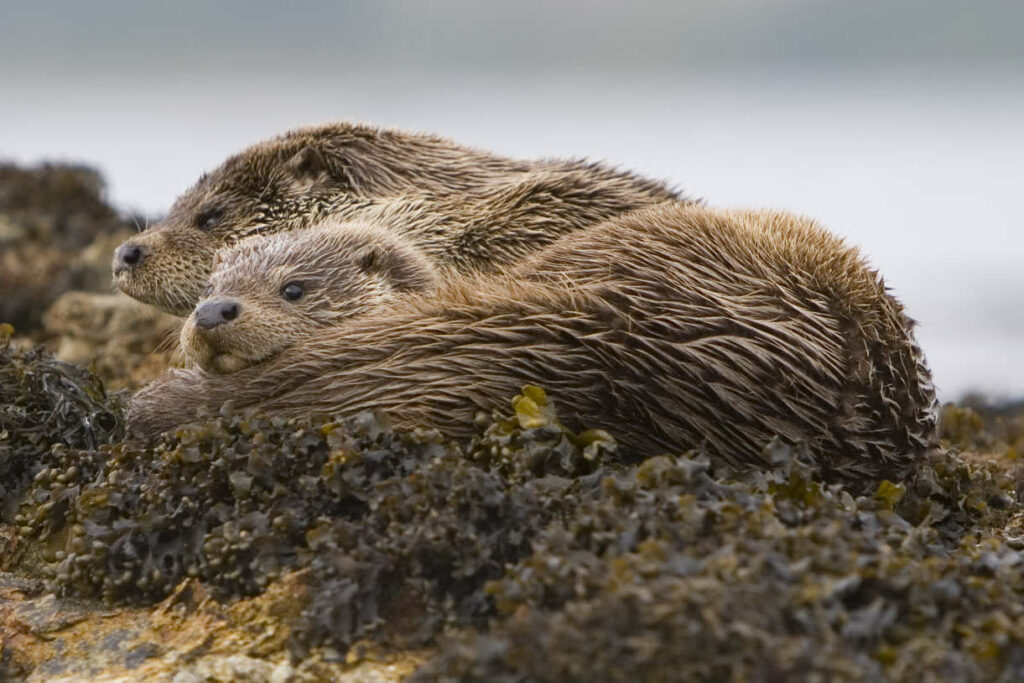
Otters: New Life
Otters are very active in autumn as the females can be seen with their newly emerged offspring. When the cubs first emerge from their holt, they are tiny and are dependent on their mother. At this point in their life, the otter cubs can be very vocal and playful, wrestling and chasing each other.
With Mull’s waters still warm from the summer and food aplenty, otters will be feeding more frequently, taking advantage of the abundance of aquatic prey with the females teaching their young how to hunt.
When the air and water temperature does start to drop, they thrive due to their fur trapping air, providing insulation against the cold as they fuel their high metabolism diving for food on Mull’s coastlines.
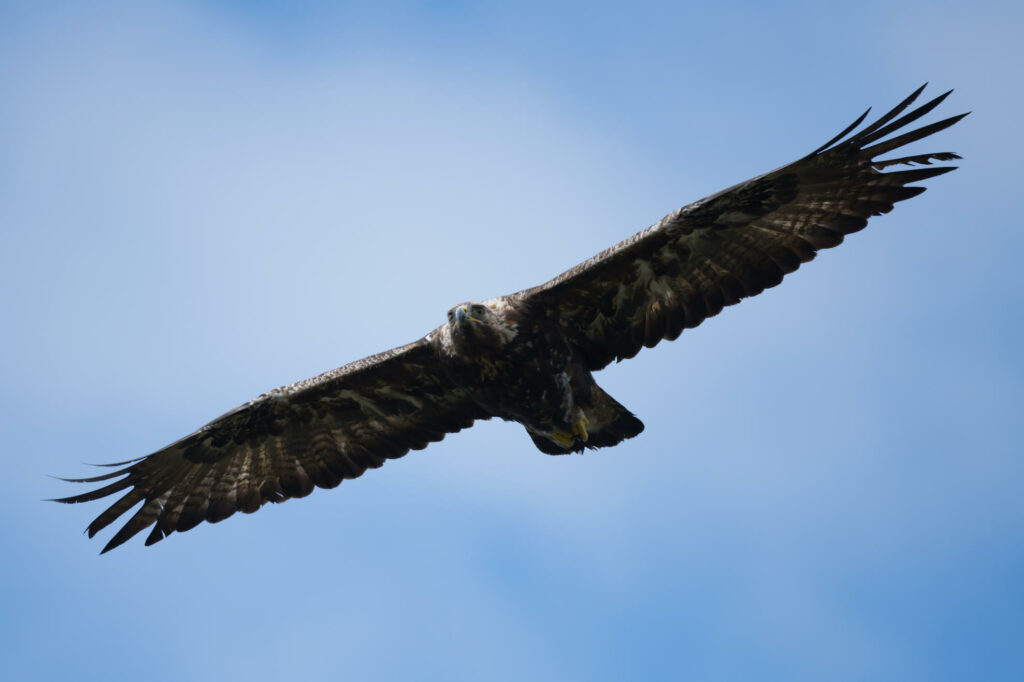
Avian Royalty
Now, moving on to the royalty of the skies — the eagles of Mull. On Mull, there are two species of eagles: the regal golden eagle and the vast white-tailed eagle. The adult eagles continue hunting in their territory and defend it from challengers, usually immature birds from previous years trying to find a territory, known as nomads.
The juvenile birds that fledged this summer stick around with their parents, learning how to hunt for themselves, before dispersing to pastures new. Autumn is the time when there are the most eagles on Mull, before they disperse to new territories.
Reduced daylight hours mean less time to hunt, so the eagles are often busier preparing for winter. Later on into autumn, especially for our golden eagles, the adults are already thinking about the next breeding season, bringing material into the nests, fattening up and displaying to their partners.
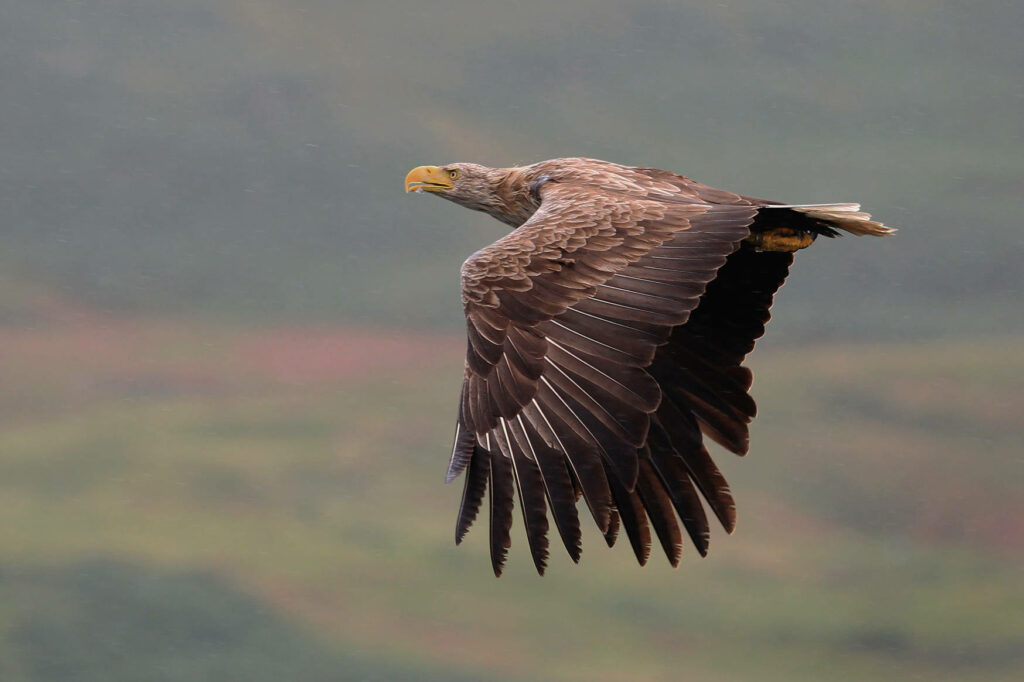
The Darkness Awaits
Finally, the Hebridean skies offer some of the least light-polluted skies in Europe. This provides excellent dark skies, uninterrupted by artificial lights, and a clear autumnal night on the island can provide breath-taking views of the night sky.
The island’s higher latitude increases the chances of a northern lights (aurora borealis) display. A cool, cloudless and dark sky with northerly winds are key ingredients for an aurora display, but even if you don’t get lucky, you’ll still have thousands of stars overhead, constellations to find and maybe even a shooting star!
Ewan and the Nature Scotland team will be providing a range of land-based wildlife tours during the autumn on Mull with Isle of Mull Cottages’ guests entitled to a 10% discount on any day tour booked during September and October 2025.
On booking, enter the discount code IOMC_Aut2025 to secure 10% off.
